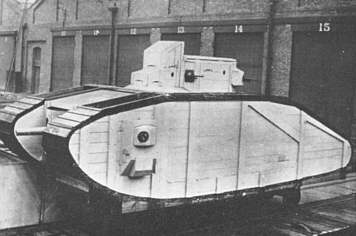
Tank Mark VI

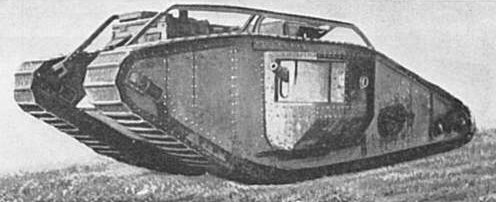
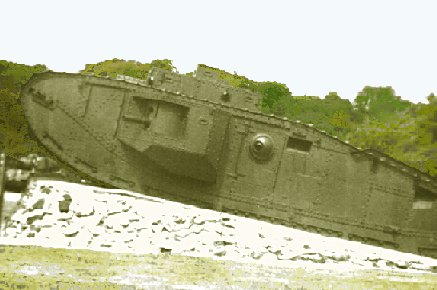
 Interior of Mk VIII Apologies for the reflections |
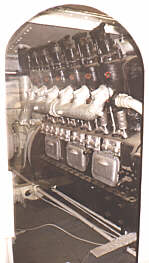 Ricardo V12 |
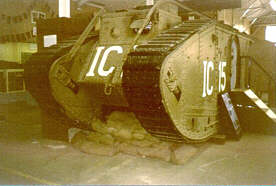 Mark IX at Bovington |
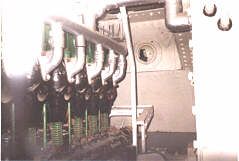 Front of Mk IX showing 150hp Ricardo engine |
|
The stowage area of the Mk IX The transmission unit and drive shaft are visible, but unfortunately the transmission is not complete and the cross shaft to the driving chain assemblies is not present. Note that sides of the Mark IX are cut back compared with the double skinned sides of earlier marks. This was to maximise storage space. | |
This vehicle was to be an improved Mk V, but never got beyond the design stage and was cancelled at the time of the 1918 Armistice. I have no details, and any further information would be most welcome.
![]()
(pre-GS 'A' number
designations)